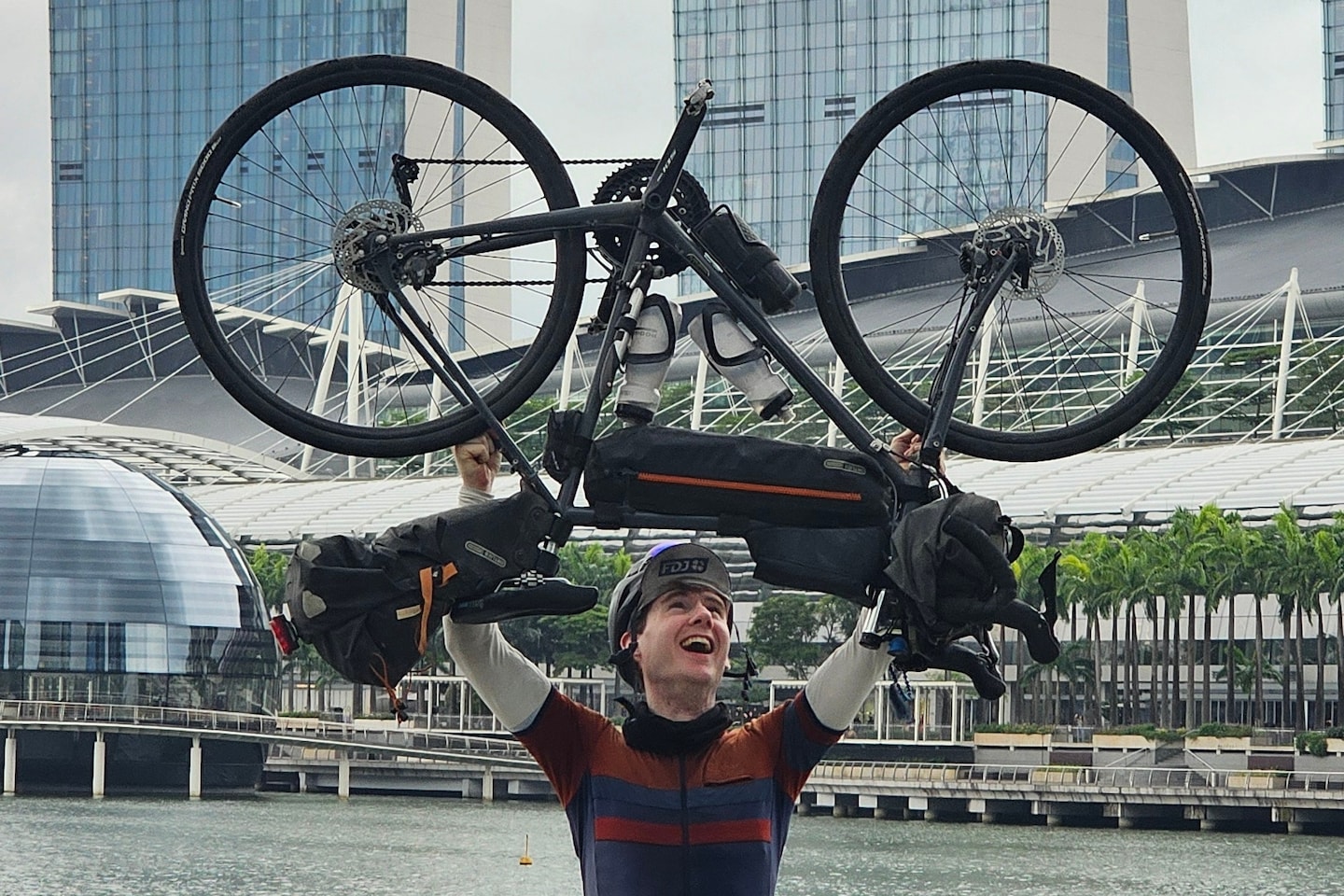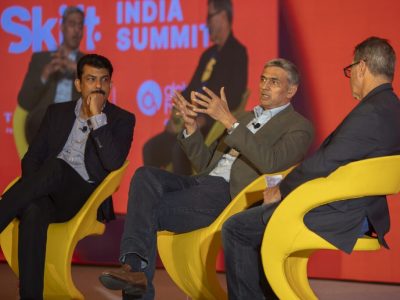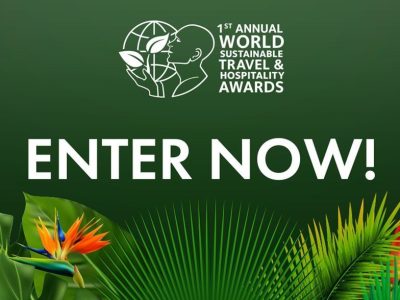There were no waits (he made the light) or passport checks on that sunny Saturday in February. It was a stark contrast to the many questions, and occasional delays, Mortensen faced at some of the 26 national borders he crossed on his ride from Europe to Asia. Many people picked up cycling to provide some relief from pandemic shutdowns. But Mortensen, feeling caged, took his hobby to an extreme.
In August 2020, he began a bike journey that eventually touched four continents. First, he rode east across the width of the United States, then south as far as roads can take you in South America and, finally, across the Eurasian landmass.
According to the popular fitness-tracking app Strava, he typically logged 100-plus miles in the saddle per day, propelled by a deep-rooted curiosity to explore. He had a long-held goal to pedal around the world, but that wasn’t the source of his motivation.
“It’s still crazy to me to think about,” he said in an interview during the bike ride to Maryland. “At no point was it me riding around the world. It was, ‘Tomorrow I’m going to go to wherever, and cross the border into India.’ Only in retrospect does it really dawn on you.”
The generally accepted distance necessary for a round-the-world ride is 18,000 miles. Including his earlier rides in the Americas, Mortensen had logged more than 27,000.
And Mortensen accomplished this rare feat with an extra wrinkle: As an openly gay cyclist, he wasn’t sure how he’d be received in hostile parts of the world. He was “pretty freaked out” when he started. But the people he met consistently proved him wrong with their warmth and hospitality.
From Washington state to Singapore
The 32-year-old Austin resident’s transcontinental ride was the last leg in a pandemic-spanning tour that began on a cold beach in Neah Bay, Wash. After taking a voluntary exit package from his job at United Airlines and feeling, as he put it in a 2022 TEDx Talk, as if his “wings were clipped,” Mortensen decided to bike across America.
The ride east, which he completed in Yorktown, Va., in October 2020, was followed shortly thereafter by one south. First to Key West, Fla., and from there to Texas, then down to the literal end of the road on Chile’s Route 7. He completed the Pan-American portion of his trip around Villa O’Higgins in April 2021 after some 16,912 miles in the saddle.
But Mortensen was not done. After a break for business school at the University of Texas at Austin, he resumed his journey last July in Pamplona, Spain, with a goal of making it to Croatia.
Six months later, after cycling beyond Europe into the likes of Turkey, Azerbaijan, Kazakhstan, China, Pakistan and Nepal, his parents set up a warm welcome for him as he rode into Singapore’s Marina Bay Sands resort.
He did take breaks off the bike. He spent a week with his boyfriend after the European portion of his ride. He took two weeks with family for his grandfather’s funeral. And then 10 days off at Christmas for family time — and needed bike repairs.
Rounding the corner into Marina Bay after his last 23.9 miles from Malaysia, Mortensen felt sad that his journey was at an end. But also “hopeful for our world. And happy to give my bum a rest.”
‘Sublime’ landscapes and ‘big hearts’
Cycling through suburban Maryland presents few opportunities for grand vistas or big “cols,” French for mountain pass.
The highest point on Mortensen’s long ride? Circling the base of Kongur Tagh at 13,467 feet in the Pamir Mountains of western China.
He pedaled “over to this little cliff, and there before me is this massive glacier on the left, open plains in front of it — absolutely just stunning,” Mortensen said. “It was like, ‘Oh my gosh, this is just sublime.’”
The photos he posted to Strava offer a tour of amazing peaks, expansive vistas and UNESCO World Heritage sites. (His advice: Go to the ones the tours don’t.) In France, Mortensen wrote of cycling through “a landscape that builds from stony, arid coast into a crescendo of soaring peaks, wild topography, and lush colors.” Two months later, he rode across the arid Ustyurt Plateau in Uzbekistan on a road with no turns for more than 100 miles.
His photos also show lots of friendly people.
“Borders are pretty subjective,” he said. “Unless there’s a river or mountain range, when they draw a squiggly line between two countries, a lot of the time [people] are still culturally and ethnically the same, and then there’s just a line.”
In a digital diary he kept on Strava, Mortensen noted cycling along one disputed Central Asian border where there was only a fence, and often not even that. At times, he could only guess which country he was in.
“Though the landscape on my route at this point might not be jaw-dropping, the big hearts are,” he wrote on Strava one night in Central Asia. “I talk a lot about these people because it feels so wildly different from the world we see in the news right now. Their continued grace towards this complete stranger is a powerful reminder of that common refrain — there’s a lot more that connects us, than divides us.”
Conflict dominated the headlines as Mortensen rode. The war in Ukraine. The Hamas attack on Israel. The Israel-Gaza war. Tensions between Azerbaijan and Armenia.
Mortensen kept riding. He recounted the numerous invites to tea he received. Conversations via Google Translate. Crowds eager for a picture with the lone cyclist.
“People were so excited to see me,” he said.
The excitement was also tiring. A self-described introvert, Mortensen would end his days exhausted from the physical exertion of cycling and the many social interactions along the way. He spent 24 nights of his five months on the road in people’s homes, and the rest in hostels and inns, to “unwind.”
Of the many people he met along the way, one that stood out was a welcoming Uzbek who, after they spent hours together at a border crossing, invited him to his sister’s wedding.
“This guy was just the nicest person ever,” Mortensen said. “He just invited a stranger into one of the most [important] moments for his family just like that, on a lark. It made me realize that maybe I don’t have to worry about all these people around me.”
Food, a necessity for any endurance athlete, was often less than glamorous. Grab-and-go options, cookies, chips and the occasional ice cream were staples of his days. But when he spied the golden arches on a dusty road outside of Amritsar, India, he wrote of being “overjoyed” to stop for a veggie burger, fries and a shake.
Cycling past Maryland’s Lake Artemesia, Mortensen relayed an experience he had with a clerk at a pit stop in an Eastern Mediterranean country. After chatting for a few moments, the clerk added him on Instagram and, “when that happens, it’s pretty clear right away who I am and what I stand for.”
Mortensen’s Instagram profile includes links to his advocacy for the Trevor Project, a nonprofit that works to prevent suicide among LGBTQ+ youth, as well as other references to his sexuality and advocacy.
Many countries where he rode in the Middle East and Central Asia explicitly outlaw same-sex relations, according to Human Rights Watch. And, even in those where it is not illegal, it is not necessarily welcome. Turkey, for example, does not bar same-sex relations, but its president, Recep Tayyip Erdogan, is an outspoken critic of LGBTQ+ people.
The clerk realized Mortensen was gay. Instead of the negative response the cyclist feared, the clerk told him that he, too, was gay.
Such was the disconnect Mortensen found between national politics and laws, and the hospitable treatment he received throughout his journey.
“Someone who sees you outside and it’s cold, or it’s late, or there’s no food for 50 miles, that overrides any beliefs about who you are, where you’re from,” he said.
Mortensen was aware of the risks. LGBTQ+ events have faced violent protests, and individuals have been jailed or killed in some of the countries along his route. He did not publicly advertise he was gay. There was no Pride flag on his bike. He never mentioned his sexuality or boyfriend in his public Strava posts.
French students Jacques de Maistre and Joseph Serdet, who met and cycled with Mortensen in Uzbekistan and again in Malaysia on their way to a business school course in Singapore, said they only became aware of his sexuality and advocacy when they looked him up online.
“I think he was right,” de Maistre said. “You never know the direction of people.”
Was Mortensen the first openly gay person to bike around the world? That’s difficult to judge. If an LGBTQ+ individual has done it, they have not made a point of publicly sharing their sexuality.
Lael Wilcox, a well-known ultra-endurance cyclist who is a lesbian, said in an email that she does not know of any other LGBTQ+ individuals who have completed an around-the-world ride.
Wilcox is planning her own global circumnavigation ride this summer, when she attempts to set a new women’s record, of 110 days.
“I feel that it’s important for our community to have visibility — to have people that are out there doing the same things that everyone else can do,” Mortensen said.
An around-the-world ride, to the Guinness World Records and other official record keepers, is more than just cycling 18,000 miles.
Other criteria include traveling in a continuous direction, crossing two “antipodes,” or opposite points on the Earth, and beginning and ending at the same point. Mortensen’s ride meets all but the last, as he began on the edge of the Pacific Ocean in Washington state, and ended in Singapore.
Mortensen, however, does not seek an official Guinness or other record. It was really just about the ride itself.
“Bike travel can be arduous, scary, sometimes even monotonous, but the excitement of encountering the totally unexpected makes it worth every minute,” he wrote on Strava. “And the best part? You can dismount any moment to soak it up.”
Edward Russell is an aviation and transport reporter based in D.C. Follow him on X: @ByERussell.
correction
Photo captions in an earlier version of this article misidentified images of Mortensen in Göreme, Turkey; Dasu, Pakistan; Nepal; and the Pakistan-India border. The article has been corrected.










